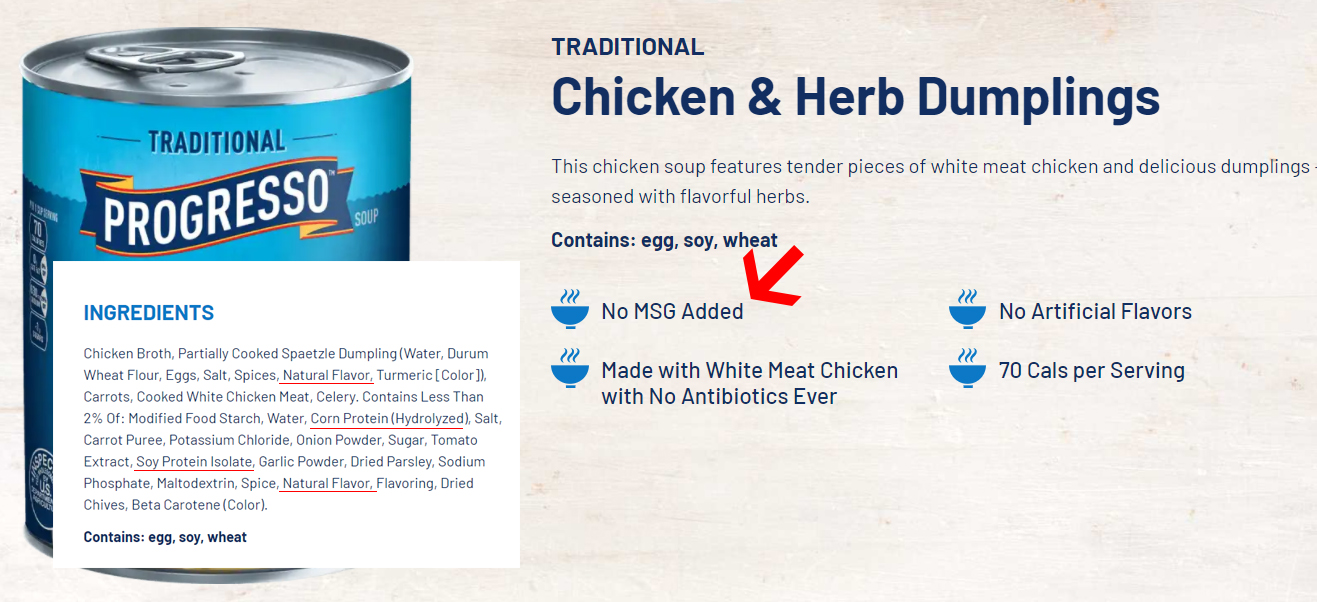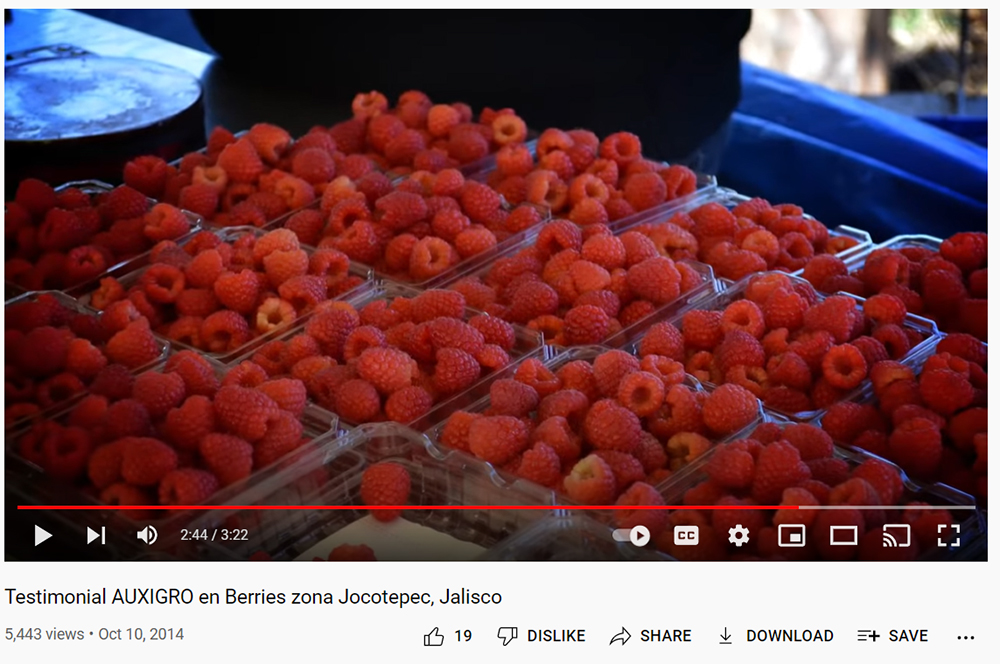We recently came across this press release issued in 2010: USDA-ARS and Ajinomoto launch sodium glutamate research collaboration. Wait…what?
Why in the world would the U.S. Department of Agriculture be cozying up with Ajinomoto, likely the world’s largest manufacture of monosodium glutamate?
The eleven-year-old release came from the Ajinomoto PR office, describing how this “powerful partnership” will “seek a better understanding of how to improve eating behaviors and human health” (a quote from then Ajinomoto president Masatoshi Ito, who is now listed as chairman of the company).
This “research” collaboration, the release states, “will add to the growing base of science around umami, widely accepted as the fifth basic taste.”
To be sure, the USDA ARS (Agricultural Research Service) does plenty of research. A long list of current collaborations and projects include biological control of coffee berry borer and combating the threat of fusarium wilt to cotton production. But this is something else entirely. An Ajinomoto-funded promotion of its product utilizing the name and resources of a federal agency. And not just any product, but one known to be a neurotoxic (brain damaging), obesity promoting, headache inducing additive, that untold numbers of citizens would like to avoid entirely.
We tracked down the scientist named in the press release, Dr. Kevin Laugero, of the USDA/ARS Western Human Nutrition Research Center (the WHNRC’s mission is described in part as conducting “nutrition interventions” that will help “prevent obesity and related metabolic disorders.”), located at the University of California, Davis campus, and sent him an email. No response.
We then contacted the USDA/ARS public affairs office, which didn’t have very much to say except that perhaps we should contact Ajinomoto to learn more. They also said that sometime in the new year they may be able to reach Dr. Laugero. We are also filing a Freedom of Information Act request with the USDA.
Even if our research hits a brick wall, this is still a stunning illustration of how closely connected industry is with our so-called watchdog federal agencies, which includes, of course, the FDA. Another example of how they’ve been partners in crime for decades.
Stay tuned.











